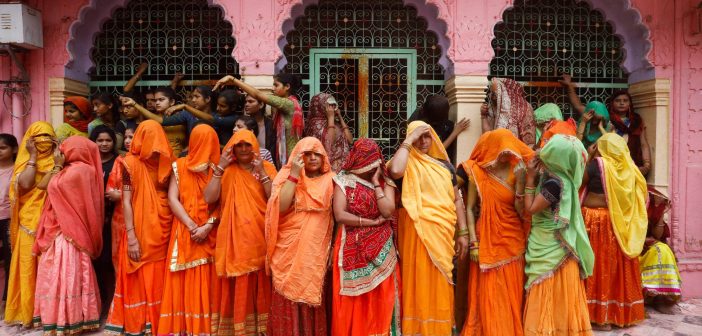The Union Budget 2025-26, presented by Finance Minister Nirmala Sitharaman on February 1, 2025, has allocated a record amount towards the welfare of women and girls. The gender budget now constitutes 8.86% of the total Union Budget, marking an increase from 6.8% in the previous fiscal year. In absolute terms, the allocation has surged to 4.49 trillion rupees, reflecting a 37.25% rise over the 3.27 trillion rupees allocated in 2024-25.
The Gender Budget Statement for this year has seen an expansion in reporting, with 49 ministries and departments, along with five Union Territories, contributing data. This marks a significant increase from the 38 ministries and departments that participated last year, making it the highest level of reporting since the inception of gender budgeting in India. Twelve new ministries and departments have been included in the reporting for the first time. These include the Department of Animal Husbandry and Dairying, Department of Biotechnology, Department of Food and Public Distribution, Department of Financial Services, Department of Fisheries, Department of Land Resources, Department of Pharmaceuticals, Department of Water Resources, Ministry of Food Processing Industries, Ministry of Panchayati Raj, Ministry of Ports, Shipping and Waterways, and the Ministry of Railways.
The budget allocations have been categorized into three parts based on the extent to which they benefit women. Part A, which includes schemes that are exclusively for women, accounts for 1.05 trillion rupees or 23.5% of the total gender budget. Seventeen ministries and five Union Territories have contributed to this category. Part B, which includes schemes where allocations for women range from 30% to 99%, accounts for 3.26 trillion rupees, making up 72.75% of the total gender budget. This category has seen participation from 37 ministries and four Union Territories. Meanwhile, Part C, where allocations for women are below 30%, has reported 16.82 billion rupees, comprising 3.75% of the total gender budget, with contributions from 22 ministries and departments.
Among the ministries and departments that have allocated more than 30% of their budget towards gender-focused schemes, the Ministry of Women and Child Development leads with 81.79% of its allocation dedicated to women-centric programs. Other significant contributors include the Department of Rural Development, which has allocated 65.76% of its budget for women, followed by the Department of Food and Public Distribution at 50.92%, and the Department of Health and Family Welfare at 41.10%.
The Ministry of New and Renewable Energy has dedicated 40.89% of its budget to women-oriented initiatives, while the Department of Social Justice and Empowerment has allocated 39.01%. The Department of Higher Education and the Department of School Education and Literacy have committed 33.94% and 33.67% of their respective budgets to gender-focused programs. The Ministry of Home Affairs and the Department of Drinking Water and Sanitation have also reported allocations exceeding 30%, with figures standing at 33.47% and 31.50%, respectively.
The increased allocation in the gender budget for 2025-26 reflects the government’s commitment to addressing gender disparities and promoting the welfare of women and girls across various sectors. The expansion in reporting by ministries and departments indicates a growing recognition of the importance of gender-sensitive budgeting in shaping policies that enhance women’s participation and empowerment in the country. With more ministries and departments prioritizing gender inclusivity in their budgets, the allocation is expected to play a crucial role in fostering social and economic progress for women in India.





